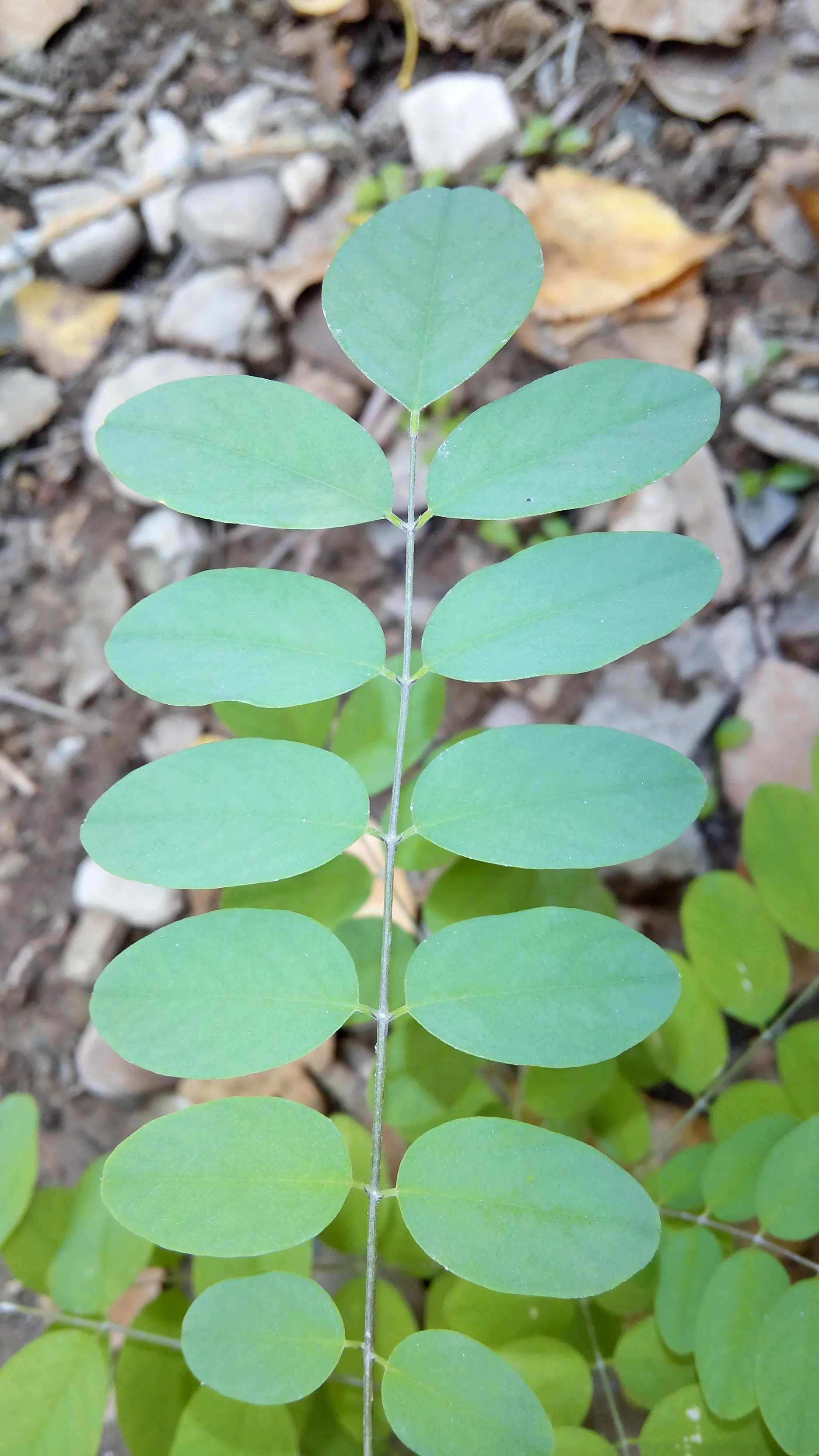General Info
- Latin Name - Quercus muehlenbergii
- Native Range - Maine to Virginia, west to Minnesota, Nebraska and parts of Texas
- Growth Rate - Medium
- Mature Height - 50–60’
- Mature Spread - 50–60’
Arborist Thoughts
Strong drought tolerant Ohio native with clean lustrous dark green foliage and nice pyramidal habit.
Important tree for wildlife producing sweet and nutritious acorns. Good tree for wildlife habitat also.
More adaptable to high pH soils and urban landscapes than oaks in the Red oak group (pin oak, Northern Red oak, Shingle oak, etc).
Great long-lived specimen for an area that can accommodate a larger tree.











